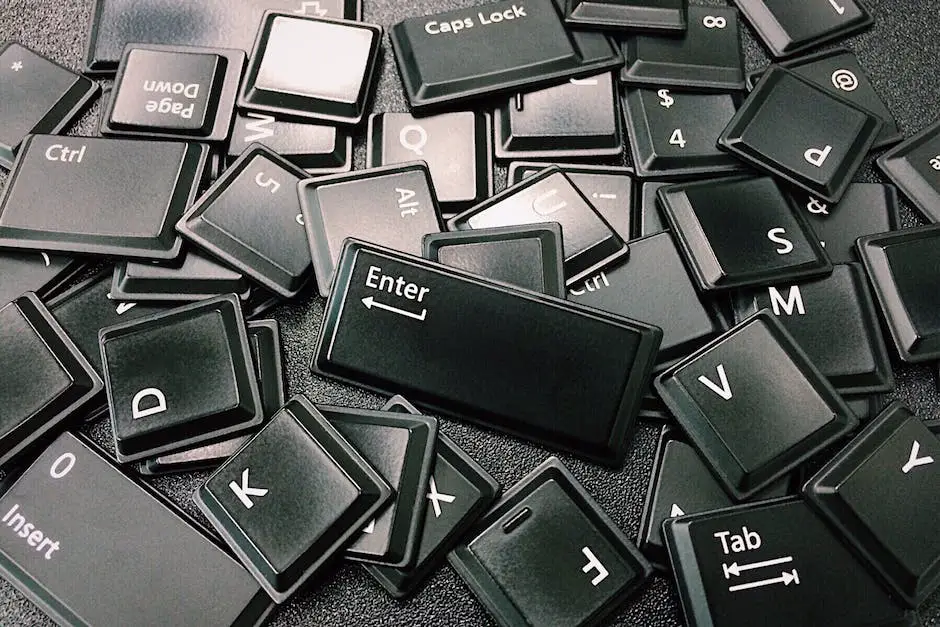In today’s digitized world, managing your credit card account online is of paramount importance. It not only simplifies your financial transactions, but also offers you instant access to your financial data at the tip of your fingers. Your credit card login process is key to successful account management. However, with the ease of accessibility comes the necessity of understanding the intricacies involved in maintaining online security.
This includes understanding online banking security measures like two-factor authentication, encrypted connections, and how to safeguard your login credentials. In addition, mastering how to navigate the online account interface and learning the right tactics for login processes and account recovery can go a long way in ensuring efficient account management.
Understanding Online Banking Security
Understanding Online Banking Security Measures
Online banking has become increasingly prevalent due to its convenience and efficiency. While it simplifies many tasks, it is crucial to be vigilant about banking security measures to ensure the safety of your account. An imperative measure is a two-factor authentication process—which generally requires not only a password and username but also something that only, and only, that user has on them.
The Basics of Two-Factor Authentication
Two-factor authentication, or 2FA, is an extra layer of protection to ensure the security of online accounts beyond just a username and password. It typically involves the use of something you know (your password), something you have (a device like your phone), and sometimes something you are (such as your fingerprint). For example, after entering your password, you might be required to input a verification code sent to your phone.
Importance of Encrypted Connections
When online, it’s vitally important to ensure your connection is secure – particularly when handling sensitive information like your credit card details. Encryption ensures that the information shared between your browser and the bank’s server remains confidential and secure. Look for HTTPS at the beginning of the web address; the ‘S’ means ‘secure’. This indicates that the communication between your device and the site is encrypted.
Keeping Login Credentials Confidential
Protecting and keeping your login credentials confidential cannot be stressed enough. Your username and password are the keys to your financial information. Never share these details with anyone, even individuals who seem trustworthy or claim to be from your bank. Remember, banks never ask for your complete credentials via email, text, or over the phone.
I have my home depot credit card login information kept in multiple secure places that are not online. I do this to avoid any potential theft of information.
Last, ensure that your computer’s antivirus software is up-to-date, as it can provide an additional layer of defense against online financial frauds or threats.

Navigating the Account Interface
Navigating to the Login Page
The first step towards accessing your credit card account online is to visit the website of the credit card provider. Bring up your browser of choice and type in their website address in the URL bar. You can usually find the website address on physical correspondences like your billing statements. The website will usually have a prominent button or link saying “Log In” or “Access Your Account.”
Entering Your Login Details
Once you have navigated to the portal, you will need to input your login details. Typically, this requires your username and password. Enter these precisely as you set them up when opening the account. Be aware of any requirements they may have had at setup, including capital letters or punctuation marks in your username or password – these must be entered exactly as you set them.
Navigating Your Online Banking Interface
After successfully logging in, you will likely be directed to your account’s home or summary page. This usually displays your account balance, next payment due date, and available credit. You should also see navigation options, typically situated on the top or side of the screen. These options often include “Account Services,” “Billing and Payments,” “Statements and Activity,” and “Profile and Settings.” Click on these headings to navigate to different parts of your account as needed.
Recover Your Account in Case You Forget Your Username or Password
In case you forget your username or password, look for a link on the login page that says “Forgot Username or Password?” or similar. After clicking, you will typically be asked to verify your identity using information like your account number, email address, phone number, or Social Security number. Follow the prompts and directions given to recover or reset your forgotten details.
Using Demo or Tutorial Versions
Most banks offer demo or tutorial versions of their online service to help users get accustomed to the interface. Look for a link saying “Demo,” “Tutorial,” or similar on the homepage or within the “Help” section. These tutorials are typically interactive, guiding you step-by-step through the account features and how to use them.
Remember, you can always reach out to your bank’s customer service department if you’re having trouble navigating your online account. They’re there to help and can walk you through the steps or resolve any issues you’re experiencing.

As you progress with your online banking journey, remember, being informed and aware is half the job done. Fully understanding your account interface and being vigilant with your online security measures, you can leverage the advantages of online banking to your benefit. Get familiar with the login process, forgotten account recovery, and ideally, practice on demo versions if available.
The knowledge and effective use of online banking not only provides convenience but also aids significantly in comprehensive financial management. Therefore, mastering these simple yet crucial steps stands as an indispensable aspect of modern-day personal finance handling.



